40 identifying ionic and covalent bonds worksheet
Chemical Bonds Ionic & Covalent Bonds Sigma & Pi Bonds Lewis Structures Resonance Structures Formal Charge and Oxidation Numbers Octet Exceptions Coordinate Covalent Bonds Polarisability of Anions, The Polarizing Power of Cations Electronegativity Dipole Moments Bond Lengths & Energies Forces and Liquid Structure I heard having 8 electrons is important, can you explain? Thanks.
Product Description Students explore the different types of chemical bonds through a combination of engaging visual aids and playful analogies. Students are also given a set of practice questions where they identify whether a substance is held together by ionic or covalent bonds. The interactive no

Identifying ionic and covalent bonds worksheet
Worksheets and lessons for a chemistry unit on ionic and covalent chemical bonding. I always used to think they were Ionic bonds then this came up on a quiz and im like whaaaaaaat? Free essays, homework help, flashcards, research papers, book reports, term papers, history, science, politics
Identifying ionic and covalent bonds worksheet. This is a one page worksheet covering identification of Metals, Metaloids, and Non-Metals on the Periodic Table of Elements, then the students will use that information to complete the second half with identifying Ionic and Covalent chemical bonds. The zip file includes two separate PDF versions. February 2, 2017 - Ionic (electrovalent) and covalent combination worksheet will challenge learners to learn the concept of bonding in metals to non metals combination and non metal to Hello! I was working through through this AAMC practice question: Which of the following pairs of compounds provides an example of ionic and covalent bonding, respectively? The answer I chose was "NaCl(s) and NaI(s)" whereas the correct answer "was NaCl(s) and HBr(g)". I now see that in the passage that they mention that covalent compounds are made of non metals and are typically not solids. However, at the time I forgot H was a nonmetal and used the rule that any compounds with less than an ... ..Put differently, is there something specifically "happening" at differences of >0.5 and >1.7 or are these thresholds just chosen, and the reality is it is just a gradient from non polar covalent to ionic?
I understand the difference between them, but I don't actually understand how they occur in the real world in real time. Like, why doesn't an ionic bond form over a redox reaction, or a covalent bond? Cardinal Website Video - Winter from Sheffield Schools on Vimeo Achieving Excellence · The West Linn-Wilsonville School District thanks the School Board for their tireless dedication to students and staff this school year. Their leadership has paved the way during another challenging year, allowing our talented staff to create learning environments for ... Can someone please explain to me if both ionic and covalent bonds share their electrons back and forth to satisfy this rule? Or is just covalent bonds that do this. I really don’t want to get this question wrong on my assignment but I can’t seem to understand it.
Is it because the ionic bond is a lesser requiring energy state and therefore better? First Year Chemistry in the School of Chemistry at the University of Sydney Students will complete the worksheet to review concepts related to covalent bonding. Includes problems on Lewis structures, VSEPR, molecular shapes, and comparing/contrasting covalent and ionic compounds. ... Purpose: To identify if the compound is an Ionic or Covalent Bond by the description, ... I have been taught previously to see what substances are involved. If it is between a nonmetal and metal, then apparently it is ionic. Today I was taught that we should instead calculate the difference in electronegativity. As of now I am very confused as I complete my exercises. For example: * Aluminum Bromide has a difference in electronegativity of 1.3 AND is a bond between nonmetal and metal. Apparently it is ionic. So the rules of electronegativity don't apply??? * Beryllium Chloride is an...
I bet we can form a stronger bond than all of em
Dedicated to Excellence · AWR Spirit Day "Positive Vibes Day"
Thank you for any help! Chemistry is beautiful but exceptions are a little disturbing until you get them. Any help is as always greatly appreciated :)
Find all 137 current merit badge worksheets here. Download pdf worksheets and workbooks free here at scouting web. This site has tons of awesome activities, games, ceremonies, scout meeting ideas and scout songs!
I'm an 11th grade chemistry student, and have been studying about ionic vs covalent bonding. I thought I understood it, until I read this in Wikepedia: "A molecular ion is a covalently bonded set of two or more atoms". How can an ion (which has a net electrical charge) be covalently bonded, leaving it with possibly no polarity? Or could that be a Wikepedia typo?
A Tradition of Excellence · IONIC AND MOLECULAR COMPOUNDS
April 22, 2020 - Wizer.me free interactive worksheet - Ionic and Covalent Bonding Tutorials by teacher Korrin Dykhouse
hi all, i’m really confused with electronegativity, an atoms ability to attract shared electrons to itself, does that mean it is covalent? or can shared electrons also be ionic bonds. Thank you
Free essays, homework help, flashcards, research papers, book reports, term papers, history, science, politics
Science Teacher / Lab Instruction Coordinator Send Email (Cminadis@schools.nyc.gov) »
Rim of the World Unified School District and our mountain community are dedicated to ensuring each student achieves academic and individual excellence by engaging all students in meaningful programs which meet the highest educational and ethical standards within a caring, collaborative learning ...
TPR says they are covalent, but I saw a video that said it was ionic. Also, where are the ionic bonds in the tertiary and quaternary structure? This is really making me doubt my understanding of AA.
Free essays, homework help, flashcards, research papers, book reports, term papers, history, science, politics
I always used to think they were Ionic bonds then this came up on a quiz and im like whaaaaaaat?
Worksheets and lessons for a chemistry unit on ionic and covalent chemical bonding.








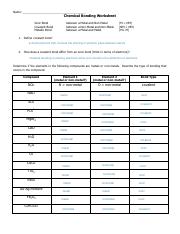



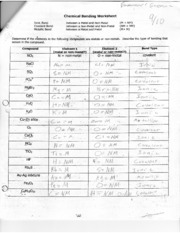

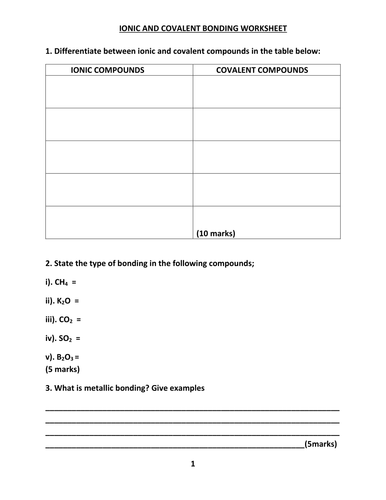

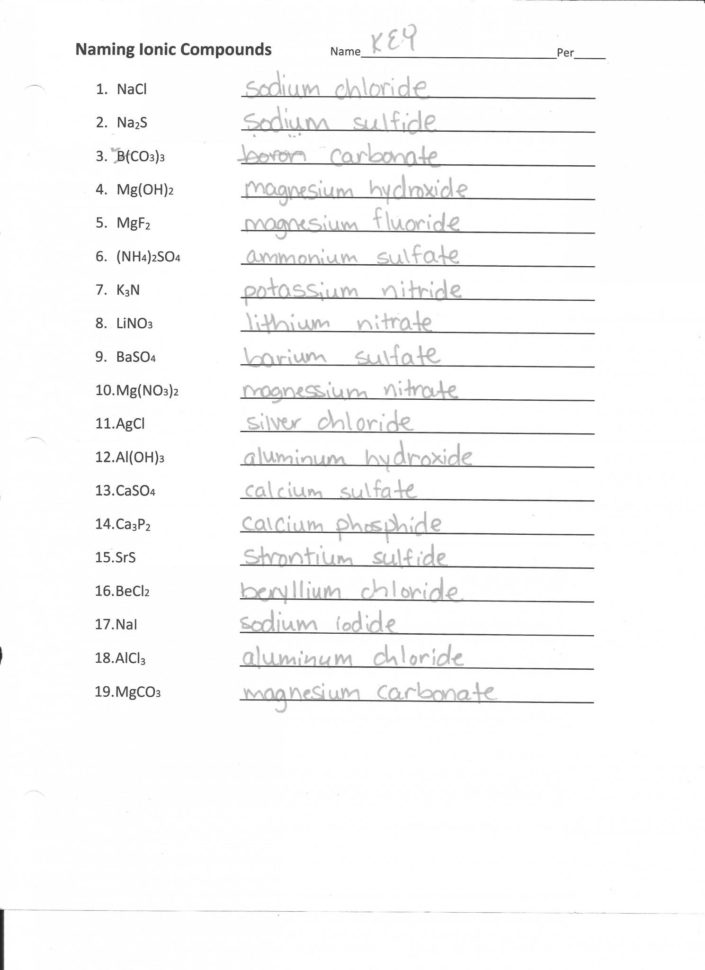



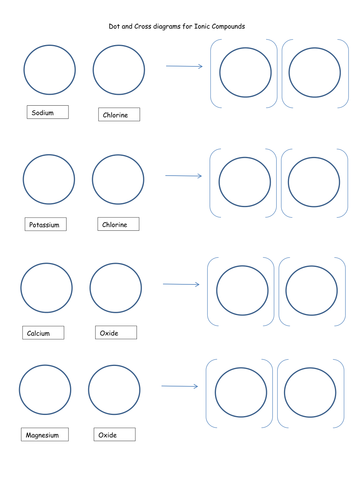


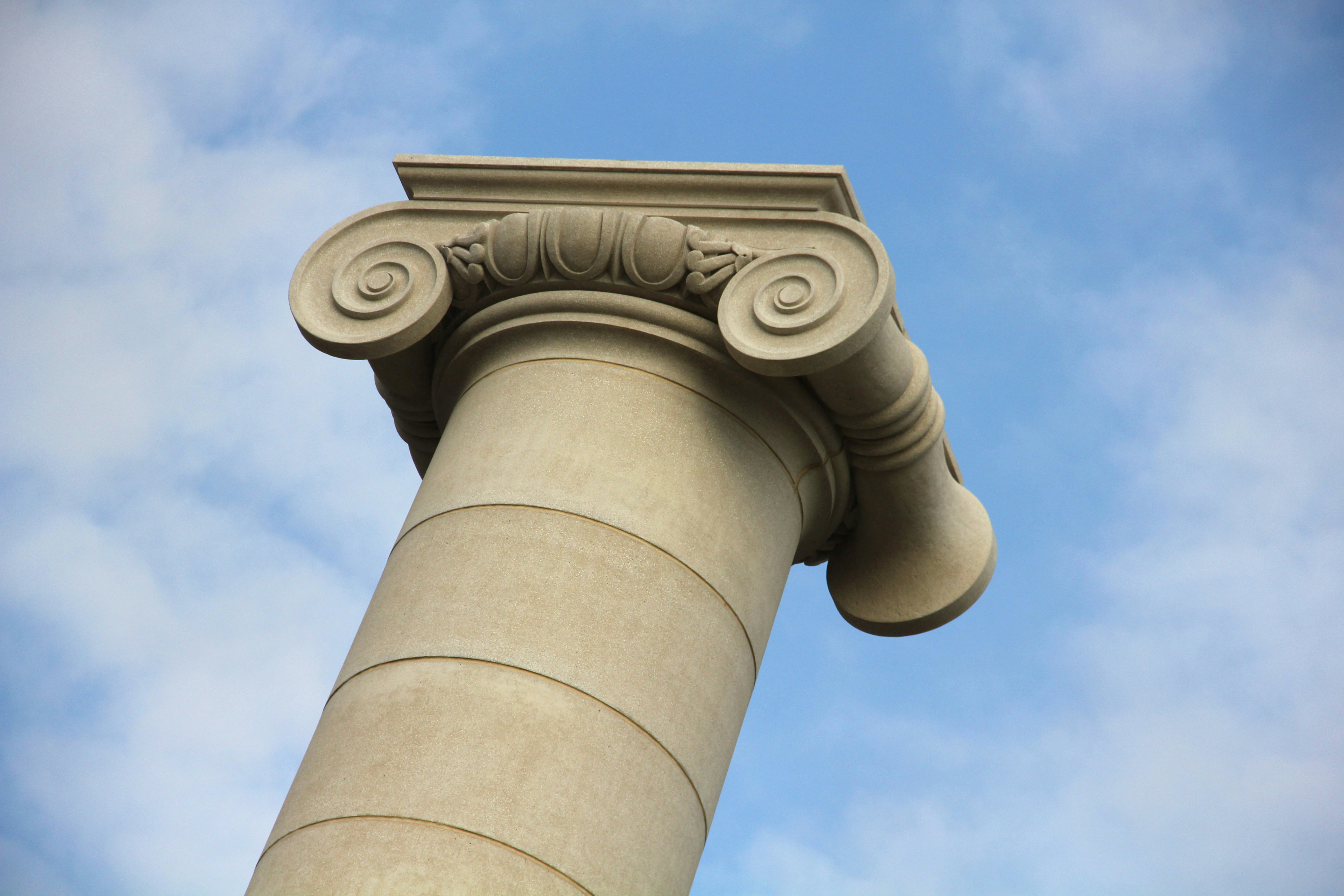
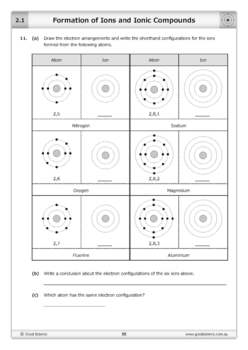



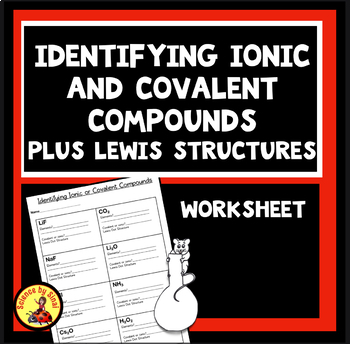
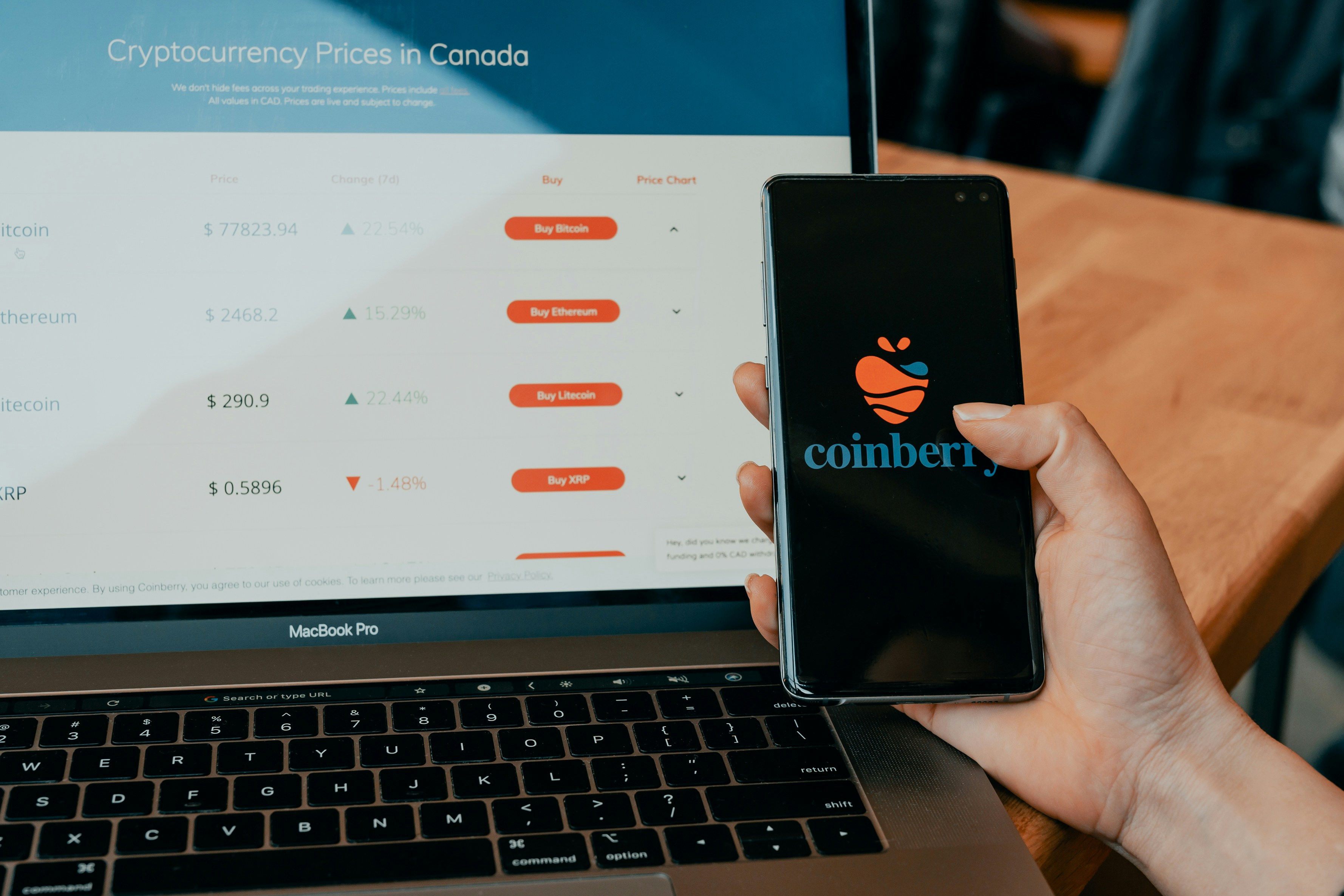
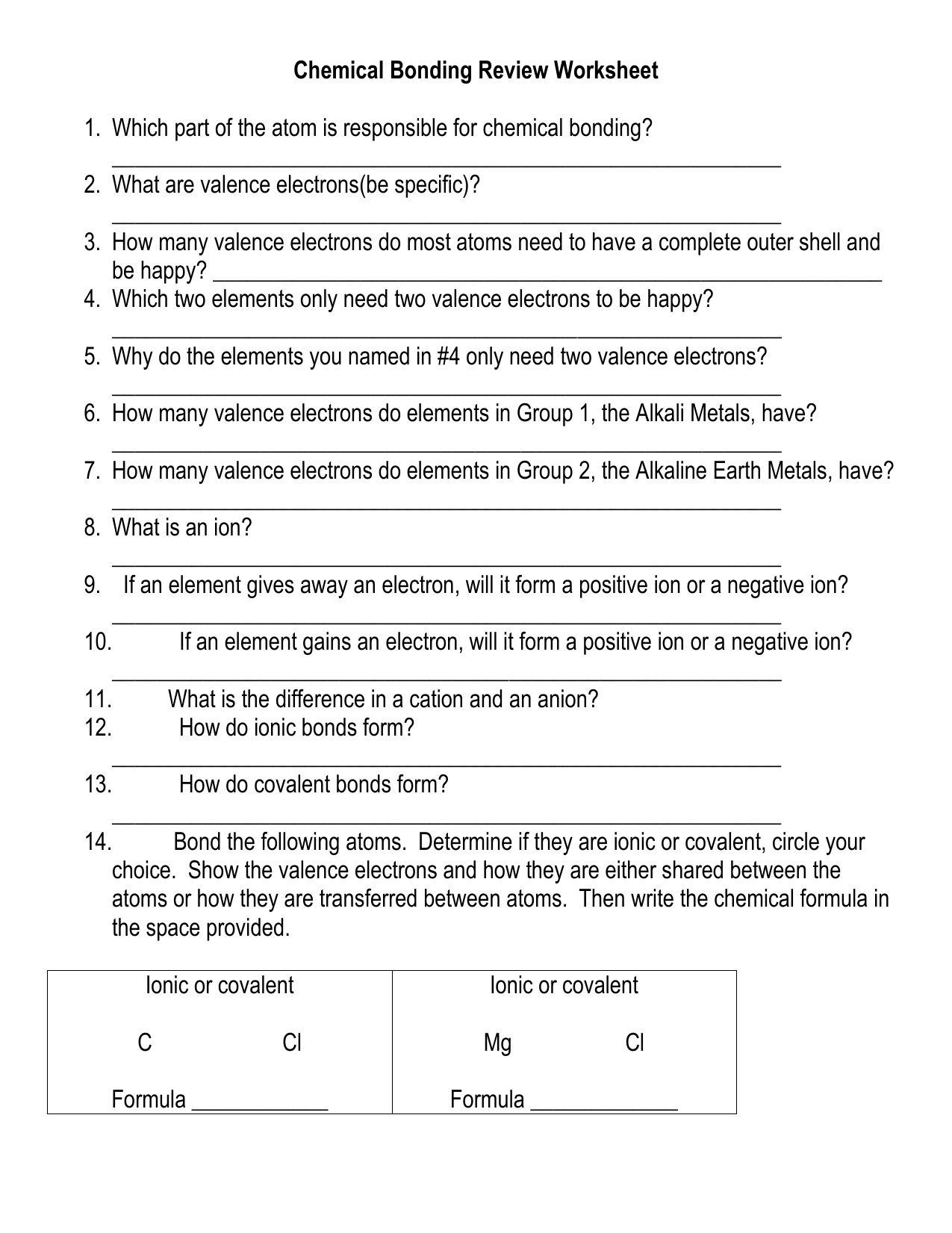
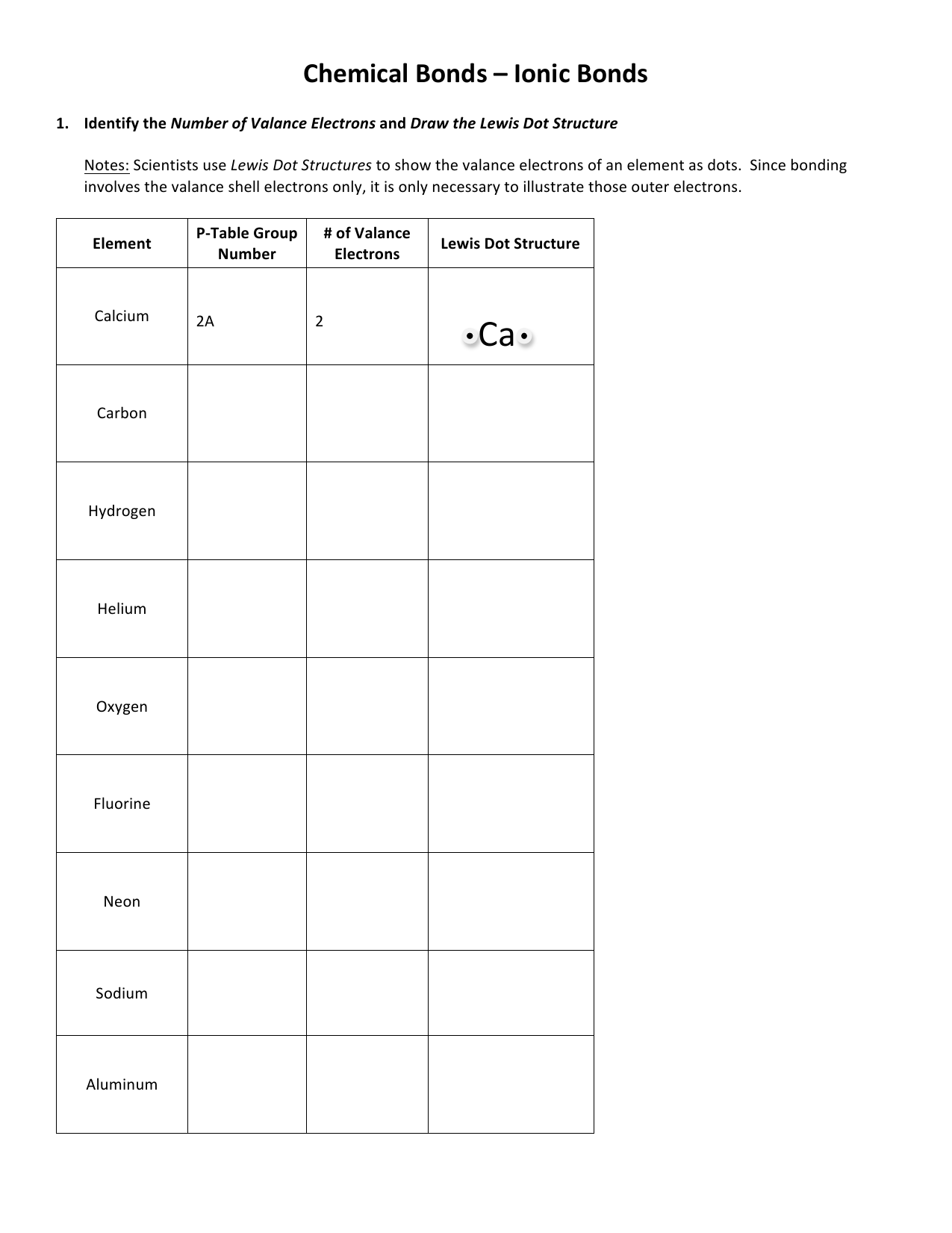

0 Response to "40 identifying ionic and covalent bonds worksheet"
Post a Comment